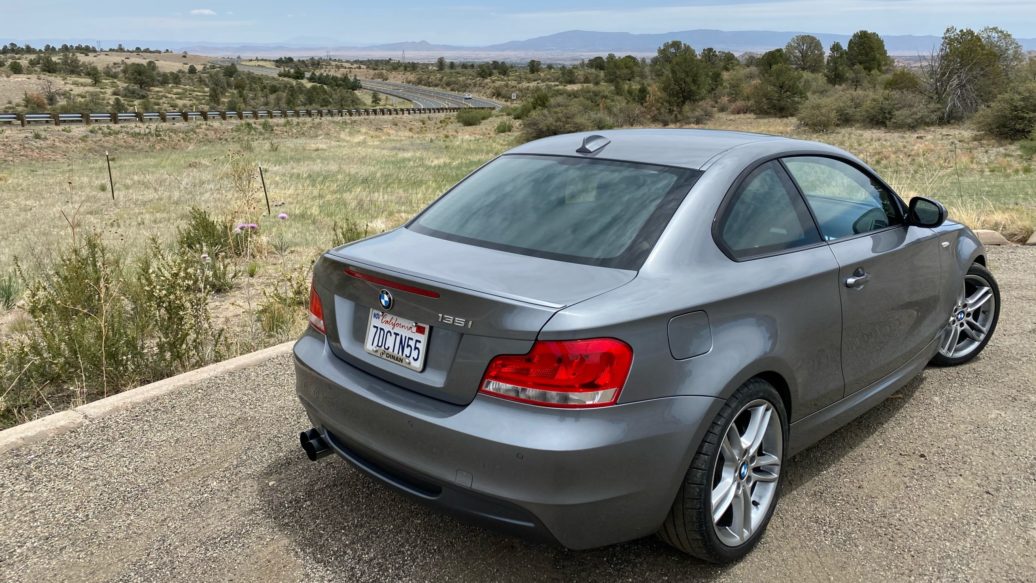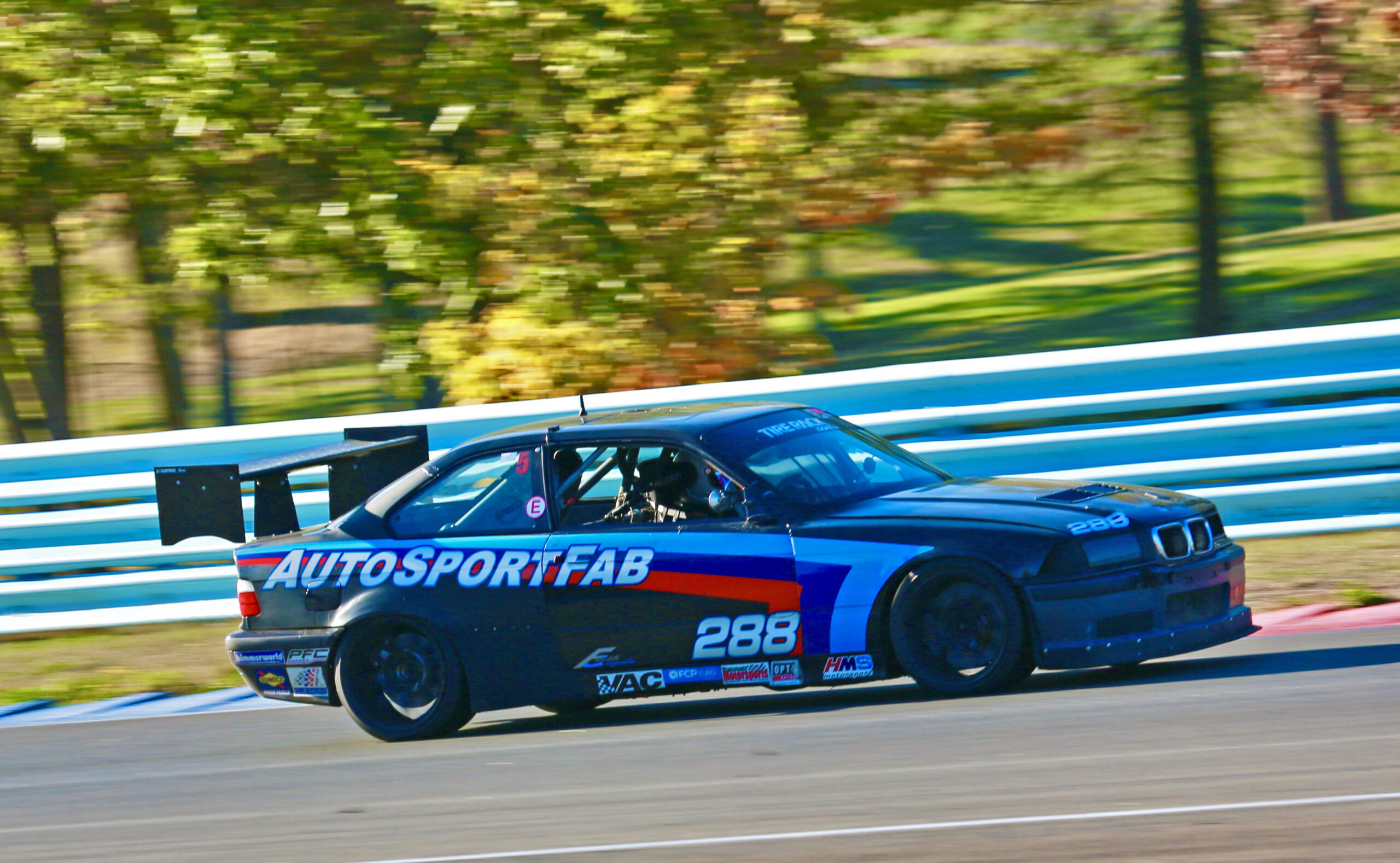It’s been roughly a week since I got back from a trip back to the relatively small town that plays host to my alma mater. It was my first visit since moving away after graduation, and although that only amounts to several years, the entire thing was still a learning experience. I was only in town for a few days to attend a wedding, but the event served as a reunion of sorts between a few other friends and myself—a chance to plan a rendezvous on familiar grounds.
I drove my 135i, since I had long been looking forward to taking the car on such a trip, repeating the drive I had made on so many other occasions under different circumstances. I bought my first 135i shortly after graduating as a sort of reward to myself, a process which involved my first auto loan. Finally, years later, I was getting to take the car on its first long trip back through the mountains and desert, to a time and place when the thought of owning such a car was a distant desire.
The trip was uneventful from start to finish, but that didn’t detract from the experience. Instead, it allowed for some more full-bodied examination of my surroundings. On the drive out, I shaved roughly an hour off the GPS ETA, and got to experience the kind of long-range cruising capability my previous BMWs have always excelled at. Ascending from the desert floor to approximately a mile in elevation was also noteworthy, because this time I was driving something with a turbocharger. The engine never felt breathless as the air grew crisp and the temperature dropped some twenty degrees.
Things were going swimmingly, and I was in a second- and third-gear switchback maze on the gnarled and forested state route heading into town. Then, suddenly, as if I’d driven unwittingly unto a rift in the time-space continuum, everything slowed down: The motorcyclist in front, whom I’d previously been struggling to keep pace with, slowed to a speed just above that necessary for traversing a parking lot, and I came back to reality—and not a moment too soon. I was at the tail end of a line of vehicles making their way into town, and it was time to adjust not only my speed, but also my expectations.
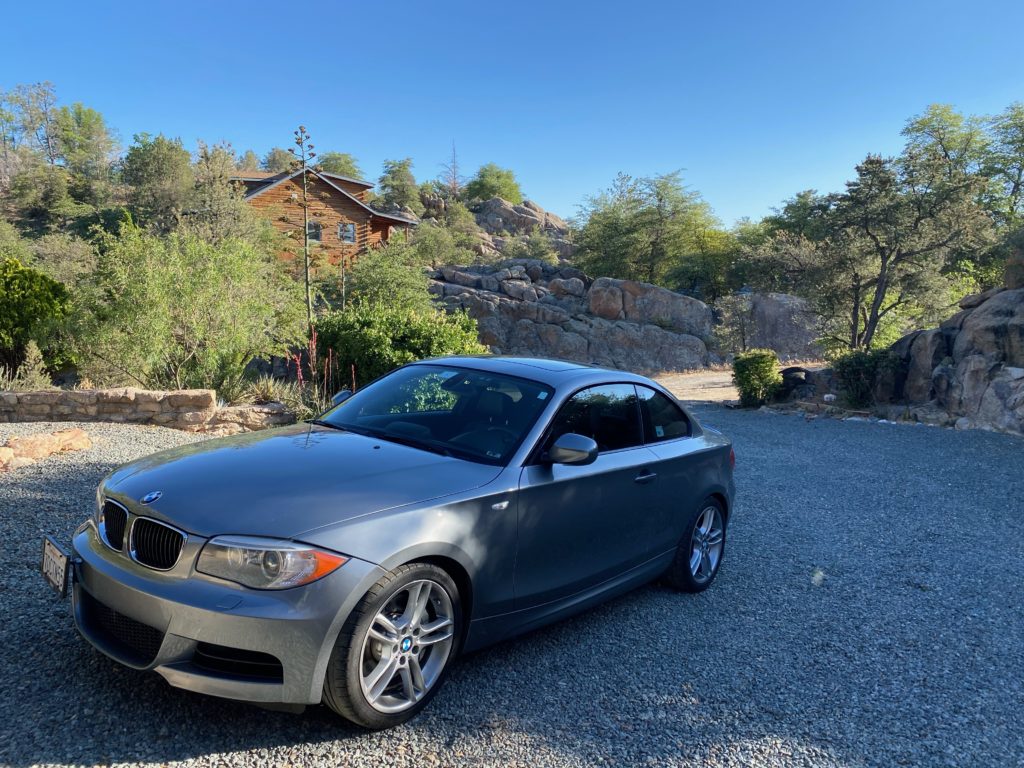
I’ve dedicated columns to a different aspect of this subject before, but I was viewing things through a different lens this time. When I was in college, I couldn’t wait to finish a term and get back to a much faster-paced life in San Diego, where everything is a high-speed freeway-junction ramp away. Now I had some idea of my overall change in attitude, but it didn’t completely dawn on me until I had to physically and mentally bleed off speed before I had even made it into town.
Simply put, some places move at a different pace.
Some places are in sync with our own internal clock, and others may be a total conflict with how we operate as people. The primary examples are the fast-paced city life and the more relaxed existence that some seek out in the countryside. I’ve always been someone who moves quickly, but I also appreciate the necessity to back off the throttle a bit when prudence is required. Perhaps that’s a product of a suburban upbringing, in which Downtown is a cab ride away, but everything you need is still conveniently close by.
When I was in college, the pace at which the locality moved was a source of constant frustration. Places I needed to be and things I needed to do always required an agonizing drive down a slow-moving two-lane road, and trips that would take twenty minutes in the kind of sprawling metropolis I was accustomed to were 40-minute to hour-long affairs.
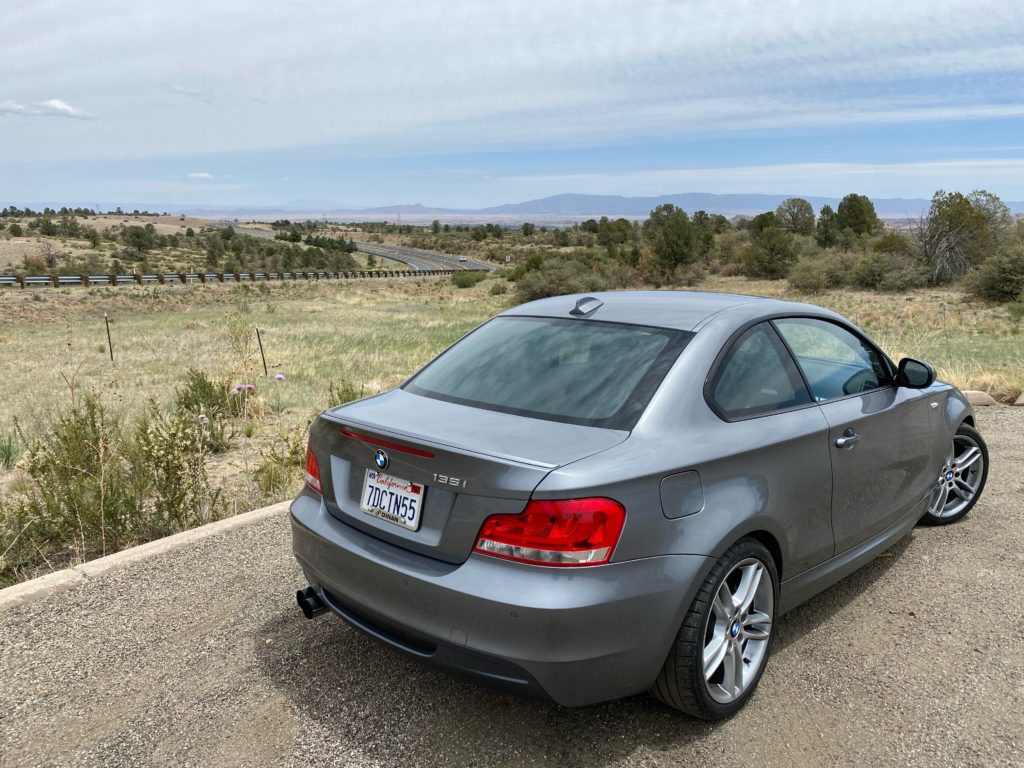
This photo and the one below were taken approximately ten years and one month apart.

Not much has changed in terms of my taste in BMWs.
It’s perfectly understandable to appropriately slow your pace as you make your way through whatever hamlet might be located along the highway you’re speeding along, but it never occurred to me that the same might be true of an entire town, small city, or region—even one with decently sized thoroughfares. Nevertheless, my hypothesis is proven every time I visit my mother up in Olympia, Washington, and I’m required to drive on the opposite end of Interstate 5. One time, I was in a hurry to make it back to SeaTac from Olympia to catch a return flight. I knew that Washington traffic moved more slowly than Southern California traffic, and I knew that left-lane courtesy was worse in the Pacific Northwest, but I still found myself having to temper my mood as the expansive Interstate moved at a non-rush-hour pace that would be considered completely unacceptable to drivers where I come from.
The problem in this equation is obviously me.
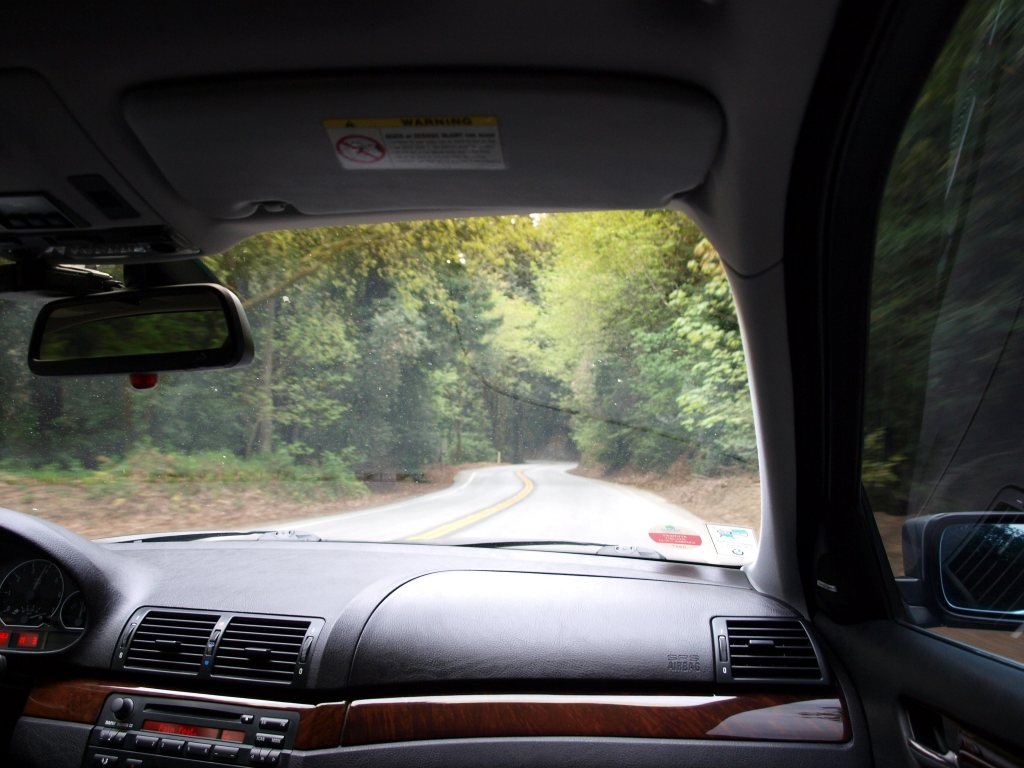
It shouldn’t have taken me so long to realize that some areas moved at a significantly reduced clip than what I’m accustomed to, and it’s my responsibility to adjust my own habits to deal with it. It’s probably always going to be a shock to arrive at a place where people drive a few under the speed limit that’s already 10%–15% lower than what I’m used to, as opposed to several over, but it’s going to have be something I learn to appreciate—or at least tolerate—along with the rest of the sights, sounds, and experiences that I collect along the way.
If that drive into town wasn’t enough of a reminder, there was also the moment of heart palpitation I experienced on the main drag in front of my college. I was driving about seven over the 45-mph speed limit on a four-lane thoroughfare when the V1 chirped, and then alerted me to a Ka-band lock as I crested a slight incline. On the opposite side of the road sat a local motorcycle officer—perhaps the same guy who wrote me multiple citations while I was in school.
As I passed, my passenger and I tried not to look over, but the V1 continued blaring, indicating a radar gun trained directly on my car.
I pulled into the campus and the lawman rode on, but the event irritated me: deliberately low speed limits and multiple law-enforcement entities with little more to do than enforce them to the letter of the law. I shouldn’t have been so bothered, since it was just more evidence that I need to behave in concert with my surroundings. I had spent years enraged by my apparent inability to do this in college—but after finding a sort of peace in the years since, and mitigating my propensity to spit into the wind, I have been treated to another relevant lesson: It’s not about what happens to you, or what you do to avoid it, or even whether you manage to avoid it or not; it’s about how you react.
That’s where you have the power to influence the outcome.—Alex Tock
[Photos courtesy of Alex Tock.]

